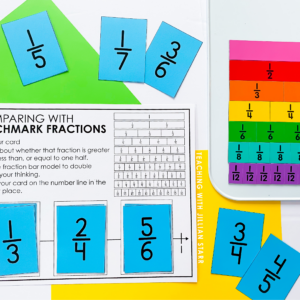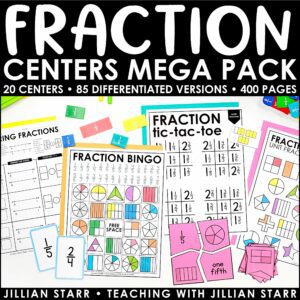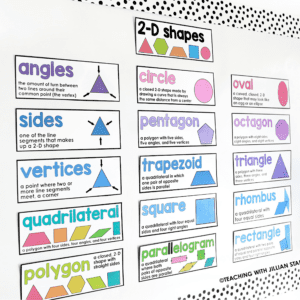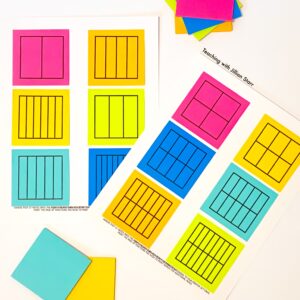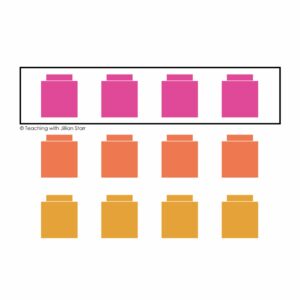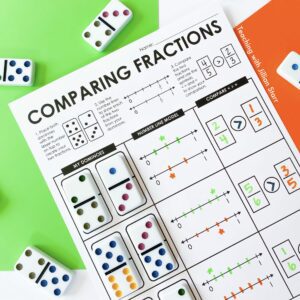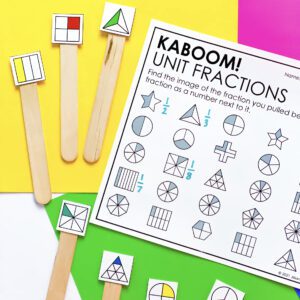

What’s a math teacher’s favorite tree?
A geometree!
There was simply no way to write this post without sharing my favorite geometry joke and I’ll tell you that it even makes the coolest 3rd graders laugh! (If you try it, let me know!)
Today let’s dive into something that I haven’t talked much about: geometry, specifically the world of classifying 2D shapes. If your school is anything like the ones I’ve worked at, the geometry unit is towards the end of the year and is the “fun” unit. As a result, it often gets rushed through. The thing is, the geometry groundwork laid in grades K, 1, and 2 is setting the stage for the years to come. And as we all know, this foundation of knowledge is crucial for success in upper elementary grades and beyond.
So, let’s explore how shape classification unfolds across the grade levels. I’ll also sprinkle in some of my favorite activities for teaching classifying 2D shapes. Ready? Let’s go!
Classifying 2D Shapes: Where It All Begins
Although we’ll start our discussion in this post with kindergarten, geometry learning often starts far earlier than this. By the time kids reach kindergarten, they have had their fair share of experiences with shapes. Even if we put aside any learning from a formal preschool experience, young children are playing with shapes from the time they are babies.
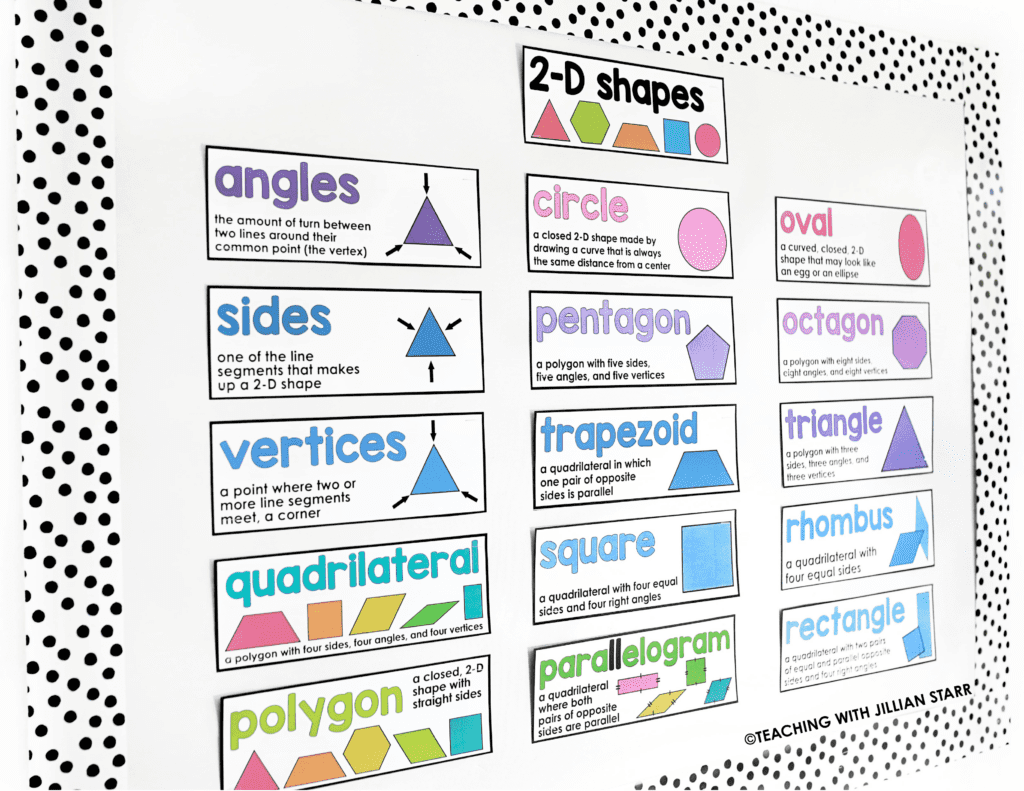

Classifying 2D Shapes: Shape Identification
In kindergarten, students begin their shape-classifying journey by grouping shapes into two-dimensional or “flat” shapes and three-dimensional shapes. They start identifying shapes in their surroundings using shape names, regardless of their size and orientation, and use informal language to describe parts of shapes.
Kindergarteners also describe shapes using relative positions like “above the rectangle.” In addition to work during more formal lessons, I love to talk to students to teach and assess this skill informally. Because kindergarteners spend a lot of time in centers doing crafts, building with blocks, or engaging in imaginative play, I encourage them to describe their creations, honing those positional words.
A Kindergarten-Sized Disclaimer
We want to avoid confusion when students are identifying shapes in their environment by not conflating two-dimensional and three-dimensional shapes. For example, shape scavenger hunts are common classroom activities. Often, when students are looking for two-dimensional shapes, they will identify three-dimensional shapes. A student might identify the classroom clock as a “circle.” However, a classroom clock is likely a cylinder, a three-dimensional shape. Instead, to make a 2D shape scavenger hunt more authentic, I have found it helpful to direct the search to books and magazines – places where all of the images are guaranteed to be 2D.
Hands-On Experiences with Classifying 2D Shapes
Finally, kindergarteners build and draw shapes and compose figures made up of different shapes. Of course, students love building and drawing! For two-dimensional figures, I intentionally include only opportunities to work with flat shapes rather than with three-dimensional objects like pattern blocks. Again, I don’t want my students to get confused when calling a triangle pattern block a triangle when it is really a triangular prism.
First Grade Fun
Fast forward to first grade and now students build upon classifying 2D shapes and start working with 3D shapes as well. It’s all about investigating defining attributes, characteristics of shapes, and non-defining attributes, which do not affect how a shape is classified. For example, a triangle is a triangle regardless of its color, a non-defining attribute, but if a shape does not have three sides, a defining attribute, it’s not a triangle!
First graders are building upon the naming of shapes with this work because they need to be able to recognize a given shape using its defining attributes and ignoring non-defining attributes when classifying 2D shapes and 3D shapes.
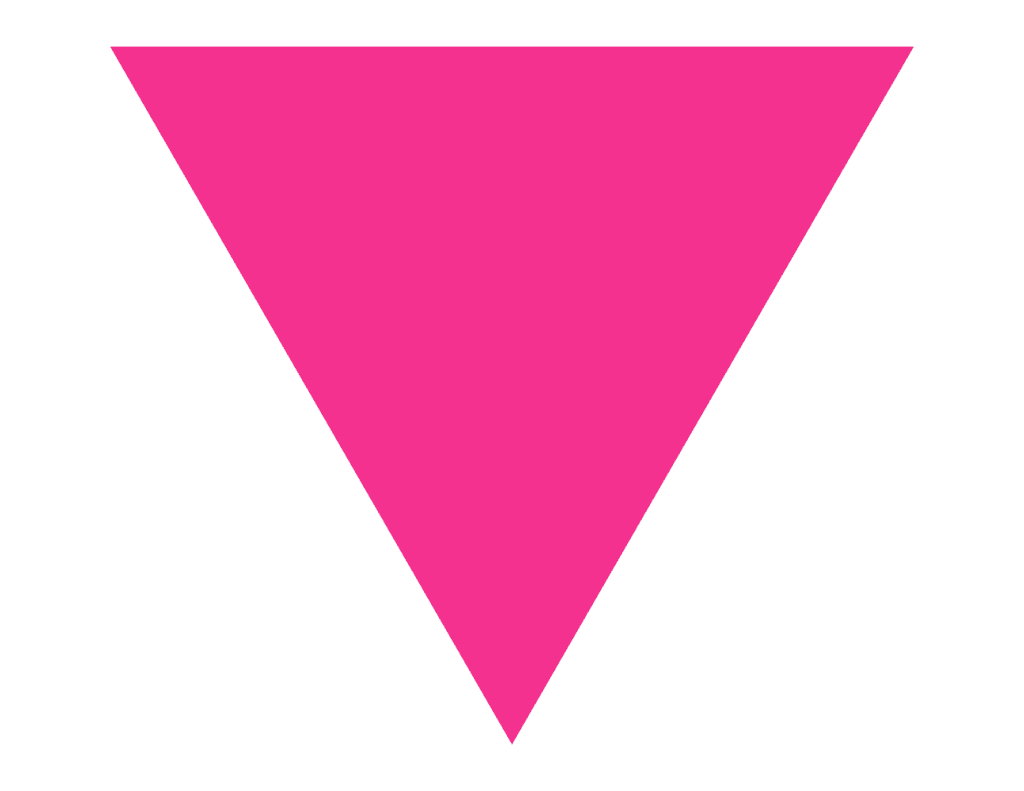

If your students are anything like mine, you have had students who see a triangle like the one above and say that it is not a triangle because it is “upside down.” These students have not solidified their understanding of defining attributes. They believe that the direction a shape is facing affects the kind of shape it is.
Two of my favorite activities to support classifying 2D shapes with first graders are card sorts and the game “What’s My Rule?”
Classifying 2D Shapes: Card Sorts
Card sorts are one of my favorite go-to activities for classifying 2D shapes because they spark fantastic discussions. To accomplish this, I draw examples and non-examples of a specific shape on index cards. Keeping with our triangle example, I might have triangles of multiple sizes, colors, and positions. As non-examples, I draw figures that look like triangles but have curved sides or aren’t closed. Then I ask students to sort the cards in any way that makes sense to them. After students sort, we discuss their thinking.
Classifying 2D Shapes: What’s My Rule?
What’s My Rule? is a fun game that we can play as a whole class or with partners. With this game, I often use some of the same cards from the card sort but include various shapes and figures. For our first round, I always lead, sorting the shapes into two categories. The important part is that I don’t tell students how I am sorting. That’s for them to figure out!
Students have a lot of fun trying to figure out my rule for sorting the shapes. Once students get the hang of playing, they can play with partners and even sort the shapes into more than two categories. I’ve found that this game is a great way to encourage my students to challenge their own thinking and really dig deep into their preexisting knowledge!
Classifying 2D Shapes: Building and Drawing Shapes
Like kindergarteners, first graders also spend time building and drawing shapes, including composing figures out of smaller shapes. I often find it helpful to provide students with grid or dot paper when they are drawing shapes. This kind of paper can make it easier for young students to draw shapes a bit more precisely.
Classifying 2D Shapes in Second and Third Grade
In second grade, students are taking classifying 2D shapes one step further, recognizing and drawing shapes with specific attributes, including triangles, quadrilaterals, pentagons, and hexagons. At this stage, they begin to realize that shapes can fit into multiple categories. For example, they are already familiar with shapes like squares and rectangles. As second graders, they learn squares aren’t just squares. They’re also quadrilaterals. This can be a big leap for young mathematicians!
Similarly, in third grade, students work to solidify their understanding that shapes in different categories can be a part of a larger category. They’re classifying 2D shapes like rhombuses, rectangles, and squares as quadrilaterals but also working to draw quadrilaterals that do not fall into those categories.
Because we are asking students to understand more complex classifications, anchor charts, and graphic organizers are game changers during your math block. My favorite way to represent the relationships between shapes is using a graphic organizer that is a bit like a flow chart.
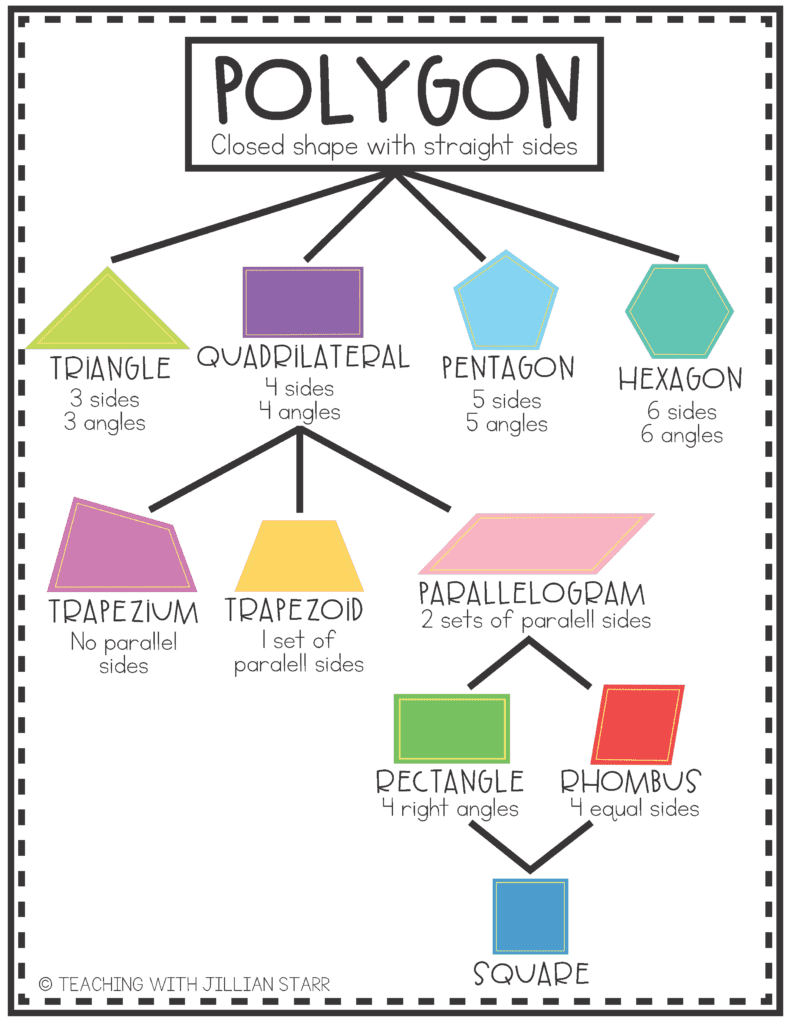

This anchor chart shows the connection between quadrilaterals, the four-sided shapes they are familiar with, and four-sided shapes we don’t have names for. A graphic organizer like this can even be extended in later grade levels when classifications become even more nuanced with types of lines and angles playing a role.
What are my favorite activities for classifying 2D shapes in second and third grade you ask? Read on!
Classifying 2D Shapes: Mystery Shape
Mystery Shape is a fun activity during which one person gives clues about a specific shape, while everyone else must act as a detective and use the clues to guess which shape is being described. When I introduce this game, I model giving the clues so that they go from least to most obvious. For example, my clues for a square might look like this:
- Straight sides – This clue only eliminates a few shapes that are familiar to students.
- Four corners – This clue narrows it much more and lets students know that my shape probably has four sides too.
- Four sides – Here I’m just confirming that my shape is a quadrilateral.
- The sides are equal – My last clue leaves us with two familiar shapes, a square or a rhombus.
I love to introduce this game during morning meeting or the whole group component of the math block. Once students are familiar with the game, it becomes a great partner activity as well. I have found it helpful to provide students with visuals of the shapes we have learned about when playing this game. It gives them something to reference when giving clues or making guesses.
Classifying 2D Shapes: Which One Doesn’t Belong?
Which One Doesn’t Belong is such a versatile activity! It can be used for many concepts but in this case, it can be used to help students see the similarities and differences between shapes when classifying 2D shapes. Below is an example of an image I have used for this game in the past:


With this image, students might say the blue square doesn’t belong because it’s the only shape with all sides the same length. They may say the white rectangle doesn’t belong because it’s the only shape that isn’t colored in. Other students may choose the yellow parallelogram because it’s the only shape with all slanted sides. Finally, the red pentagon might not belong because it’s the only shape that doesn’t have four sides. The beauty of this activity is that students can give any answer as long as they can explain their thinking!
Classifying 2D Shapes and Beyond!
Work in the lower grades builds a foundation for the more complex work that begins in upper elementary grades. It’s intricate work, but this foundational work supports students for years beyond the ‘elementary’ label. When you start classifying 2D shapes in your classroom, I hope you’ll give some of these activities a try and let me know how they work with your students! And as the square said to the circle, I hope I see you around!

